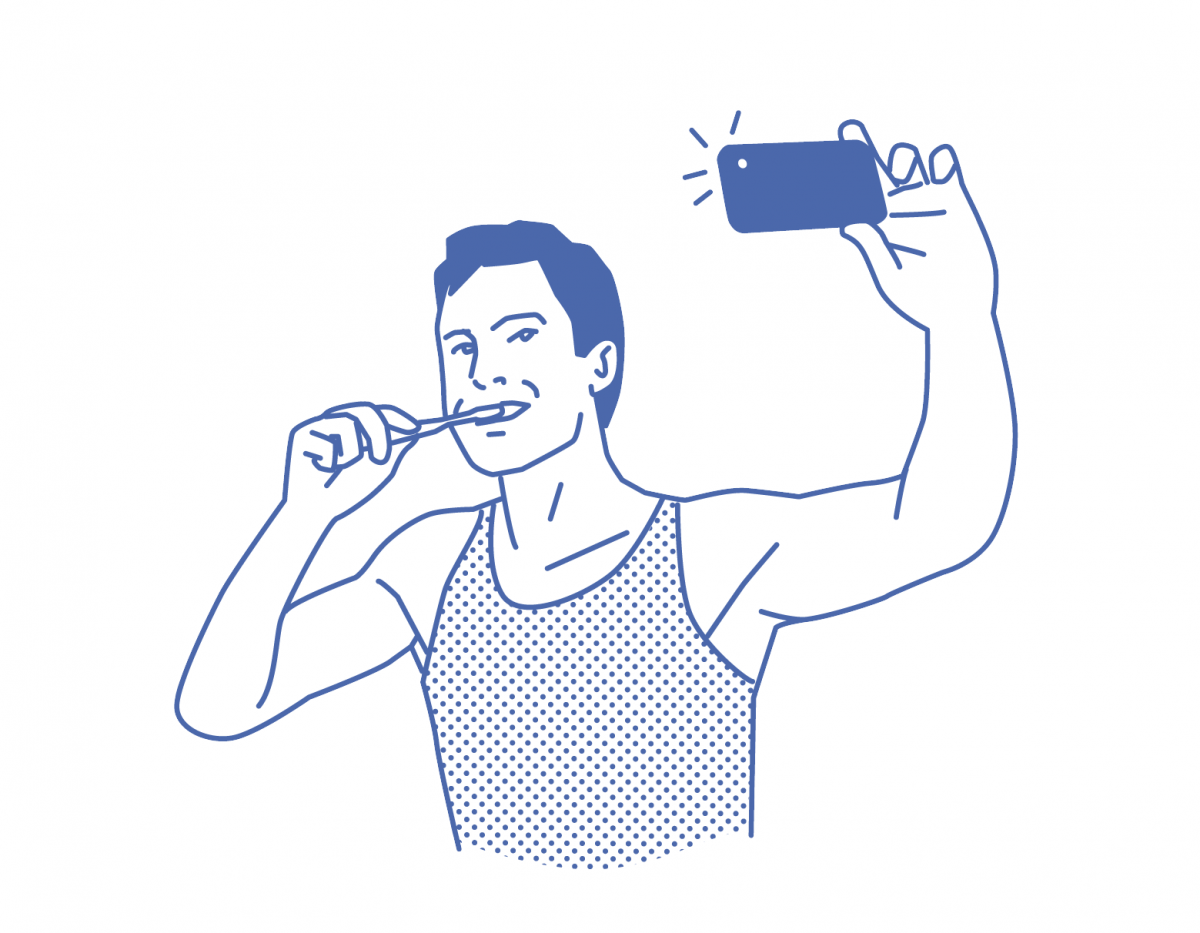
Ever wonder how your spouse developed that annoying habit of buying tools or kitchen gadgets they don’t need? Why do you check Facebook yet again when you just checked it 15 minutes ago? Or root around in the kitchen late at night, not really hungry but just wanting something?
No mystery. It’s simply how our brains work. We crave. We get. We remember. We crave again. It’s the craving cycle. If we can understand it, we have more of a chance of catching it in the act, and taking steps to make more considered choices. Let’s break down the process and figure out where we can make adjustments.
The Process
1. Our brain takes in data through our five senses or a thought. For example, you look at a selfie you took at the Eiffel Tower.
2. Based on similar experiences—and since we see the world through glasses we’ve manufactured—our brain interprets this as pleasant or unpleasant. “Liking this picture!”
3. If pleasant, our brain gets an itch or an urge: “Get me some more of that!” If unpleasant, it says, “Get this away from me!”
4. We do something to make the good stick around, or to make the bad go away. For example, we post the picture on Facebook, and we get a bunch of “likes” and comments about it.
5. If our behavior was successful, our brain lays down a memory so it will remember to do that again in the future. “That was great. Don’t forget to take more pictures and post them when you’re on exotic trips!” or “Must buy more shiny tools.”
6. This new memory feeds back to Step 2 to inform how we view the world—by solidifying how we saw it previously, or if there is new information, by updating: tweaking the prescription for our mental glasses.
The Practice
How to Change
Each time we go through this, neural circuits that associate the experience with pleasant or unpleasant strengthen. So, we might not even notice the feeling or the urge to act. Bam! A habit is laid down.
Knowing how this works helps us be compassionate with ourselves (and our spouses). We start to understand how we tick and not take ourselves as seriously. Also, seeing how we reinforce habits can help us change them.
Consider a nagging habit. Next time you act it out, see if you can trace each step. Can you see how the habit reinforces itself?
Note what’s happening in your body. Can you notice the pleasant/unpleasant and not act on it? What does that urge to act feel like from moment to moment? What type of glasses are you wearing?







